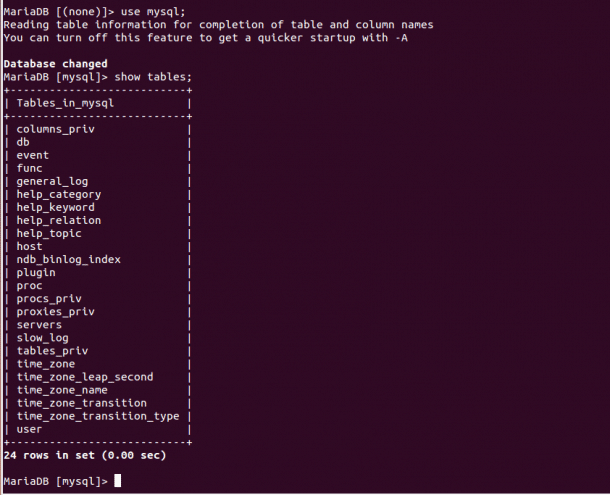


Further, the unused space present in the clustered index is also cleared. In this case, the table named developers is rebuilt and the index statistics are updated corresponding to that table. The execution of the above query statement gives the following output after the execution – For this, we will make the use of the following query statement – Msg_text – This is the extra and additional description of the executed statement.įor example, we will try to optimize the InnoDB table named developers located inside the database named educba on my MySQL database server. Msg_type – This field can include either of this values status, error, info, note, or warning telling the status of execution of the query. Table – The name of the table that was optimized. The output of the OPTIMIZE TABLe query gives the following information – We can optimize single or multiple tables at the same time by mentioning them in the comma-separated manner as shown in the syntax. The NO_WRITE_TO_BINLOG and LOCAL keywords are optional and are used to avoid logging. To skip the logging of the statement we can make the use of NO_WRITE_TO_BINLOG keyword or LOCAL keyword by specifying them in the OPTIMIZE TABLE query. This makes sure that they are further replicated to the slaves where the tables are replicated. The OPTIMIZE TABLE statements are written to the binary logs by default. We can run this statement on the partitioned tables too. Note that this statement cannot be used for VIEWs as no physical memory is consumed by VIEWs and they are just the logical entities. We require SELECT and INSERT privileges on the table for the execution of the OPTIMIZE TABLE query statement. Optimization further leads to improved performance of the query statements executed on the tables.
MYSQL OPTIMIZER TURN OFF ARCHIVE
In case of MyISAM or ARCHIVE tables, when too many DELETE operations are executed or when variable-length rows having datatype VARCHAR, BLOB, TEXT or VARBINARY are changed, you should optimize the tables as it will defragment the data and the linked list that is used to store the records are also restructured enabling usage of unused space. This increases the speed of FULLTEXT searches made on the table. When a large number of manipulations are done on the table columns that form the part of the FULLTEXT search index for InnoDB tables then we should optimize the table using OPTIMIZE TABLE statement. The disk space is used by the OS after reclaiming it and the reorganization of the indexes on the table is performed. ibd file for itself when innodb_file_per_table option is enabled. In the case of InnoDB tables, when a large number of update, insert or delete operations are performed and that table has. The actual operations performed on the table depends on the storage engine of the table.


 0 kommentar(er)
0 kommentar(er)
